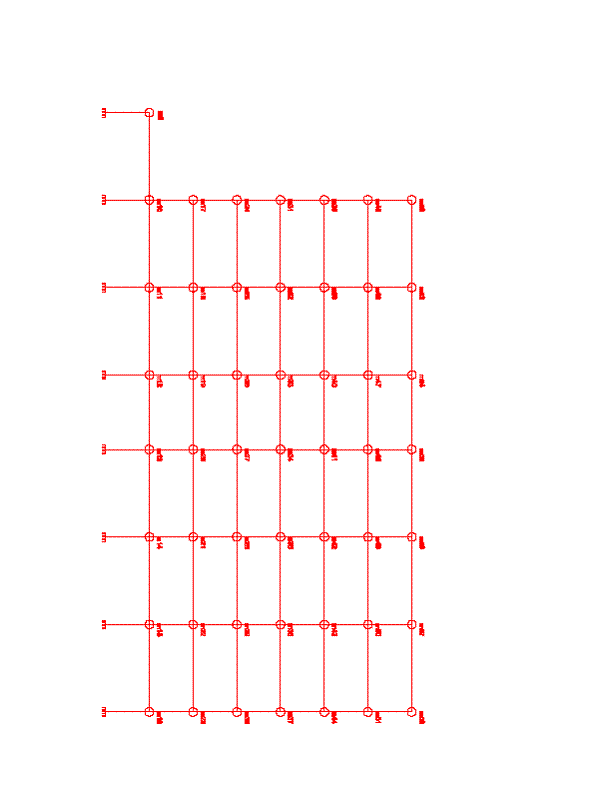

#DE CIRCULI MAGNITUDINE INVENTA EXPLANATION SERIES#
The historically first exact formula for π, based on infinite series, was not available until a millennium later, when in the 14th century the Madhava–Leibniz series was discovered in Indian mathematics. In the 5th century AD Chinese mathematics approximated π to seven digits, while Indian mathematics made a five-digit approximation, both using geometrical techniques. Around 250 BC the Greek mathematician Archimedes created an algorithm for calculating it. This transcendence of π implies that it is impossible to solve the ancient challenge of squaring the circle with a compass and straightedge.Īncient civilizations required fairly accurate computed values to approximate π for practical reasons, including the Egyptians and Babylonians. Also, π is a transcendental number that is, it is not the root of any polynomial having rational coefficients. In particular, the digit sequence of π is conjectured to satisfy a specific kind of statistical randomness, but to date, no proof of this has been discovered.

The digits appear to be randomly distributed. Still, fractions such as 22/7 and other rational numbers are commonly used to approximate π. It is also called Archimedes' constant.īeing an irrational number, π cannot be expressed as a common fraction (equivalently, its decimal representation never ends and never settles into a permanently repeating pattern). It has been represented by the Greek letter "π" since the mid-18th century, though it is also sometimes spelled out as "pi". Originally defined as the ratio of a circle's circumference to its diameter, it now has various equivalent definitions and appears in many formulas in all areas of mathematics and physics.

The number π () is a mathematical constant.


 0 kommentar(er)
0 kommentar(er)
